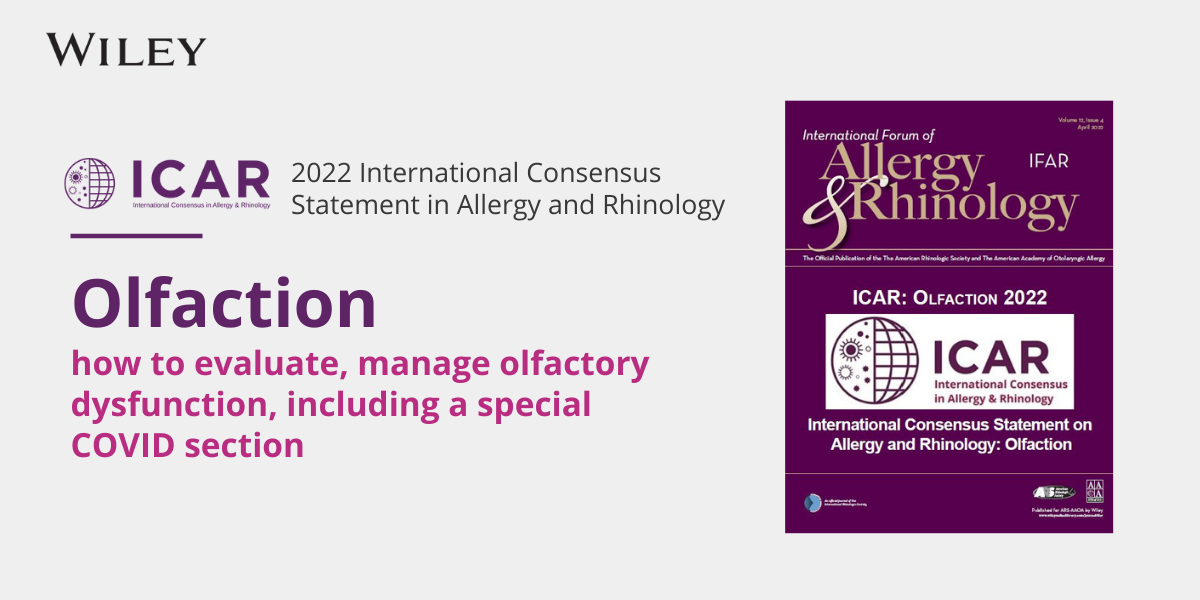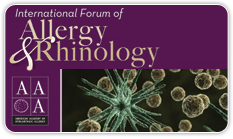Join the American Academy of Otolaryngic Allergy (AAOA) in recognizing Food Allergy Awareness Week, a time dedicated to raising awareness about food allergies and anaphylaxis, promoting education, and encouraging safer practices for individuals and families managing food allergies. You are…
Allergy to Cannabis
James Connolly, MD; Alfred Sassler, MD – AAOA PPR Committee
The past few years have seen increasing legalization of both medical and recreational marijuana across the United States. Concurrently, there has also been burgeoning use of cannabis-derived products such as hemp in the textile industry to produce fiber, yarn, and rope and hempseed for protein rich supplement therapy. As a result, many of us are seeing, or at least fielding questions about, marijuana allergy.
In 1996, the state of California legalized medical marijuana leading to many other states following suite. Now there are 36 states with access to medical marijuana. In 2012, the states of Colorado and Washington legalized recreational marijuana leading to many other states following their lead to presently 17 total states. Currently, only 3 states have no public cannabis access programs (Kansas, Nebraska, and Idaho). From a regulatory perspective, marijuana remains a Schedule 1 substance by federal law. However, United States Department of Justice is currently respecting the autonomy of each state the establish state-based enforcement efforts should the state legalize marijuana. There is also an increasing market for CBD oil to treat muscle and joint pain, as well as many other medical issues. With the increasing availability, the risk of allergies due to both accidental and prescribed exposures is also on the rise. Physicians treating allergy must keep in mind that their patients could be exposed to this antigen.
| Legalized | States & Territories | |
| Medical Marijuana | 36 states | Alaska, Arizona, Arkansas, California, Colorado, Connecticut, Delaware, District of Columbia, Florida, Hawaii, Illinois, Louisiana, Maine, Maryland, Massachusetts, Michigan, Minnesota, Mississippi, Missouri, Montana, New Hampshire, New Jersey, New Mexico, New York, Nevada, North Dakota, Ohio, Oklahoma, Oregon, Pennsylvania, Puerto Rico, Rhode Island, South Dakota, Utah, Vermont, Virginia, Washington, West Virginia |
| Recreational Marijuana | 18 states | Alaska, Arizona, California, Colorado, Connecticut, Illinois, Maine, Massachusetts, Michigan, Montana, Nevada, New Jersey, New Mexico, New York, Oregon, Vermont, Virginia, Washington and Washington, DC. |
Cannabis sativa (marijuana/hemp) is an annual, dioecious, and anemophilous flowering plant that belongs to the Cannabaceae family and native to Central and South Asia but thrives in the southwest US. It pollenates during late summer to early fall. Its pollen is typically 23-28 mu in diameter, very buoyant allowing for wind distribution miles away from the male plant. Cannabis sensitization can occur from inhalation, smoking, touching, or ingestion marijuana, hemp, or cannabis products like CBD, CBN, and THC. Cannabis allergy can cause the usual allergic rhinitis, allergic conjunctiva, and asthma symptoms, but can occasionally cause anaphylaxis. This has been noted mostly in hempseed oral exposure. It has also been seen to have cross-reactivity with cypress tree and certain foods, like tomato, hazelnut, peach, apple, and gold kiwi.
Currently, cannabis allergy diagnosis relies heavily on history. Confirmation testing can only be done by non-standardized technique of skin prick testing, using clinic made extract from leaves, buds, and flowers with seeds crushed and blended. Because extraction techniques and source material can vary between extract preparation each time, a standardized mass-produced extract is needed to improve accuracy. In vitro testing also has limitation because it requires assistance from research laboratories and currently the only federally approved Cannabis sources in the United States is located at the University of Mississippi.
Difficulty in creating a mass-produced extract or in vitro test arises from multiple potential cannabis major antigens: Delta-9-tetrahydrocannabinol (THC), nonspecific lipid transfer protein (Can s 3), Thaumatin-like protein, Riblose-1,5-biphosphonate carboxylase/oxygenase (RuBisCO), and/or Oxygen-evolving enhancer protein 2. Also, there are multiple potential cannabis minor antigens: profilins (panallergen), poly-galacturonase, adenosine triphosphate synthase (bovine), phosphoglycerate kinase (candida), glyceralderhyde-3-phosphate dehydrogenase kinase (wheat, fungi, and rambutan), luminal binding protein in root (hazel pollen and fungi), and carbohydrate determinants.
Treatment should be avoidance, since at this time there is no standardized extract to provide a reasonable safe way to offer desensitization with immunotherapy. Additionally, routine allergic rhinitis medications can be used for symptom relief, like topical and systemic steroids, topical and systemic antihistamines, and anti-leukotrienes.




